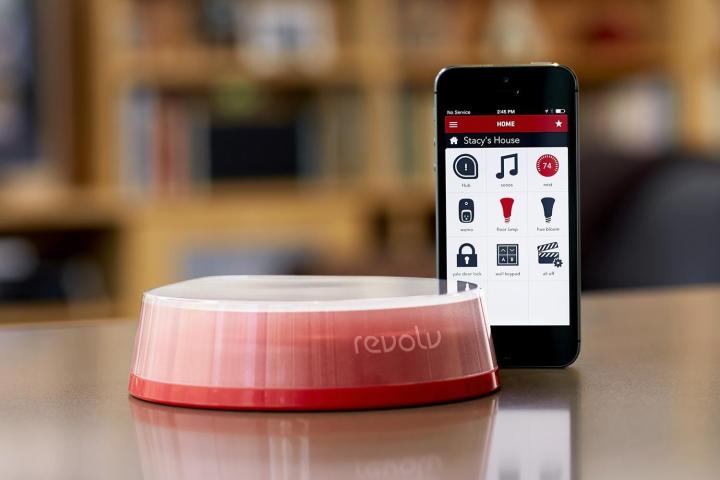
For the uninitiated, IFTTT allows you to connect physical devices (things like lights, your phone, or even your car) to digital services like email, social media, and various other webapps. It also lets you connect physical devices to other physical devices via the Internet, so you can do nifty things like automatically turn on a lamp when your WeMo motion detector senses movement, or have your connected air conditioner flip on when you open a door.

Related: IFTTT adds two new channels for Nest
Therefore, while IFTTT’s new Revolv channel is technically just for one device, it will presumably act as a gateway for hundreds of different gizmos that aren’t directly supported by IFTTT. In other words, although IFTTT doesn’t have a dedicated Sonos channel, you’ll be able to use the Revolv channel to link your Sonos speakers to, say, your Facebook account or favorite RSS feed. This new channel will essentially fling the doors of possibility wide open for both platforms.
Revolv tells us the IFTTT integration is set to go live before the end of the month.
Editors' Recommendations
- Samsung’s new Smart Refrigerators are already discounted
- Go smart or go home: Amazon’s Echo Show 8 smart display is $50 off
- Google rolls out new Nest Cam features to Google Home for web
- Echo Hub vs. Echo Show 8: Which is the best option for your smart home?
- The best smart light switch for Alexa, Google Home, and HomeKit




